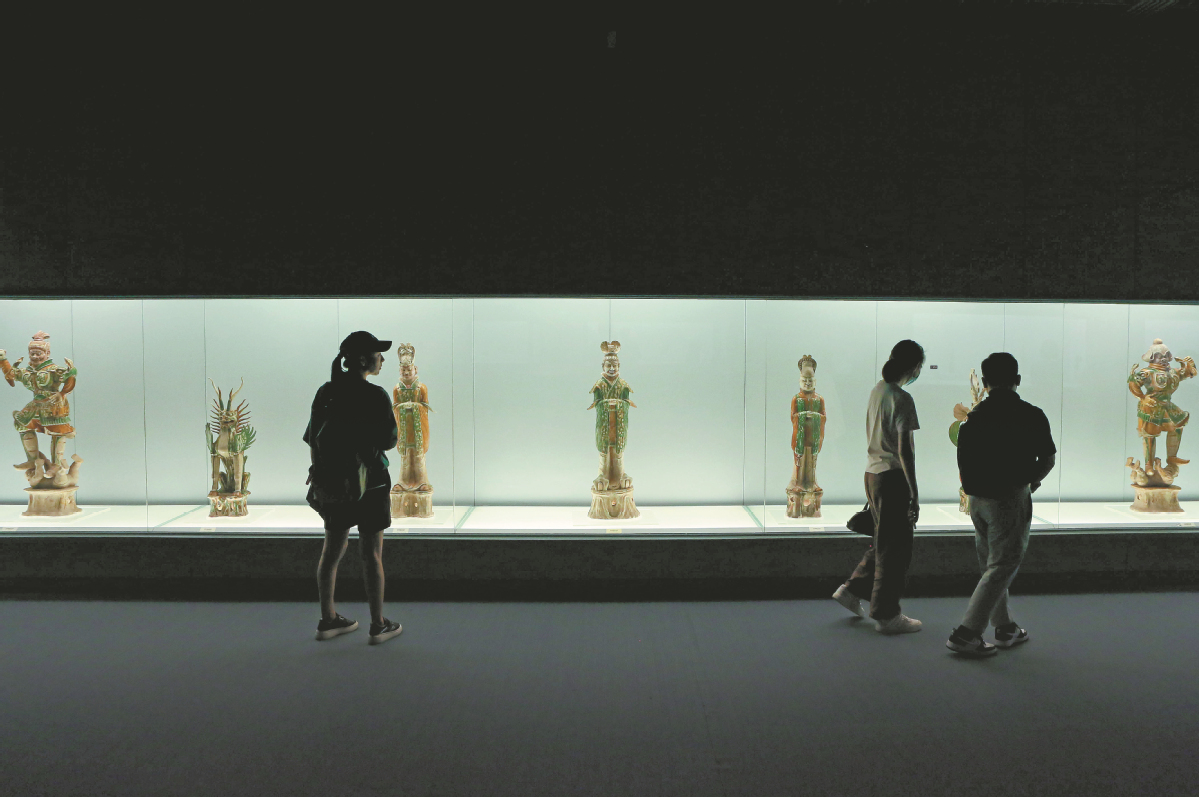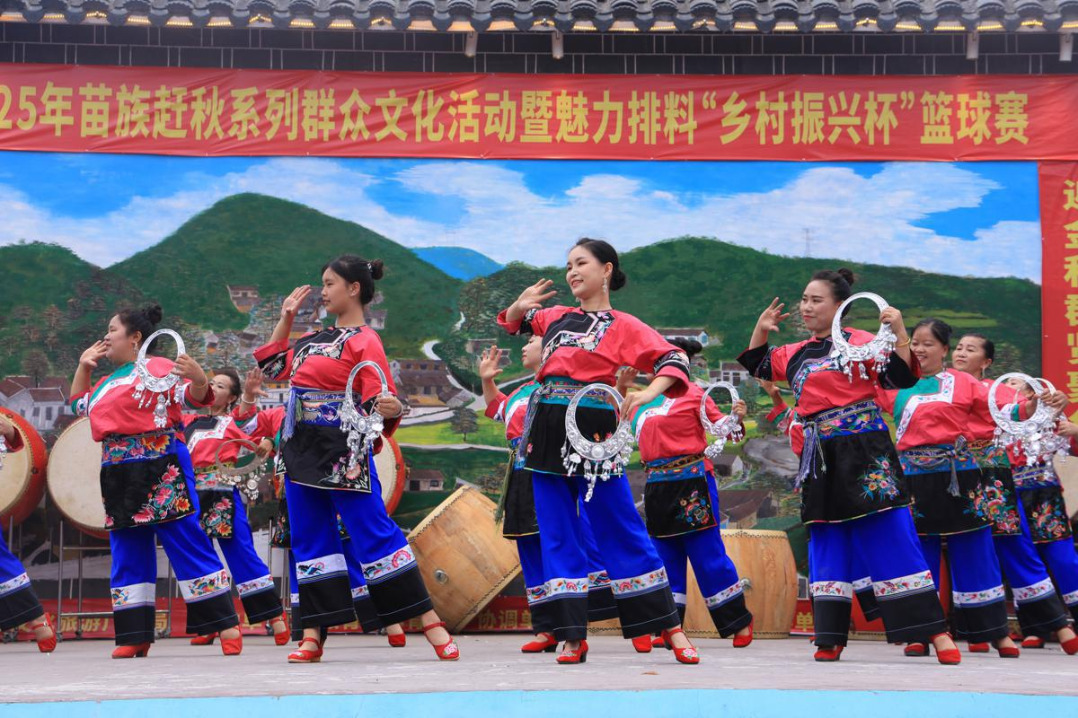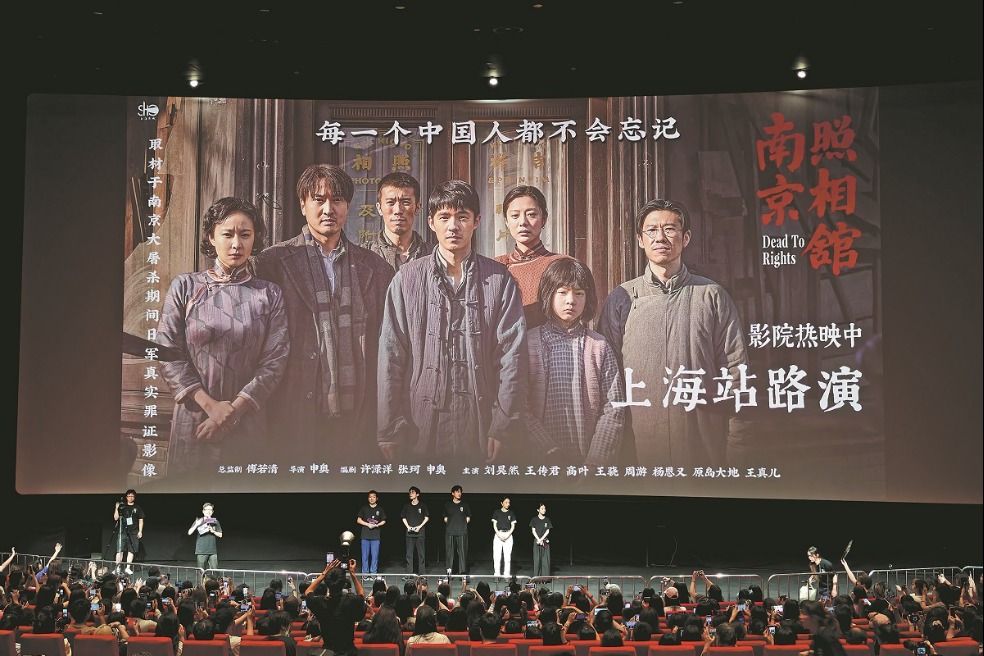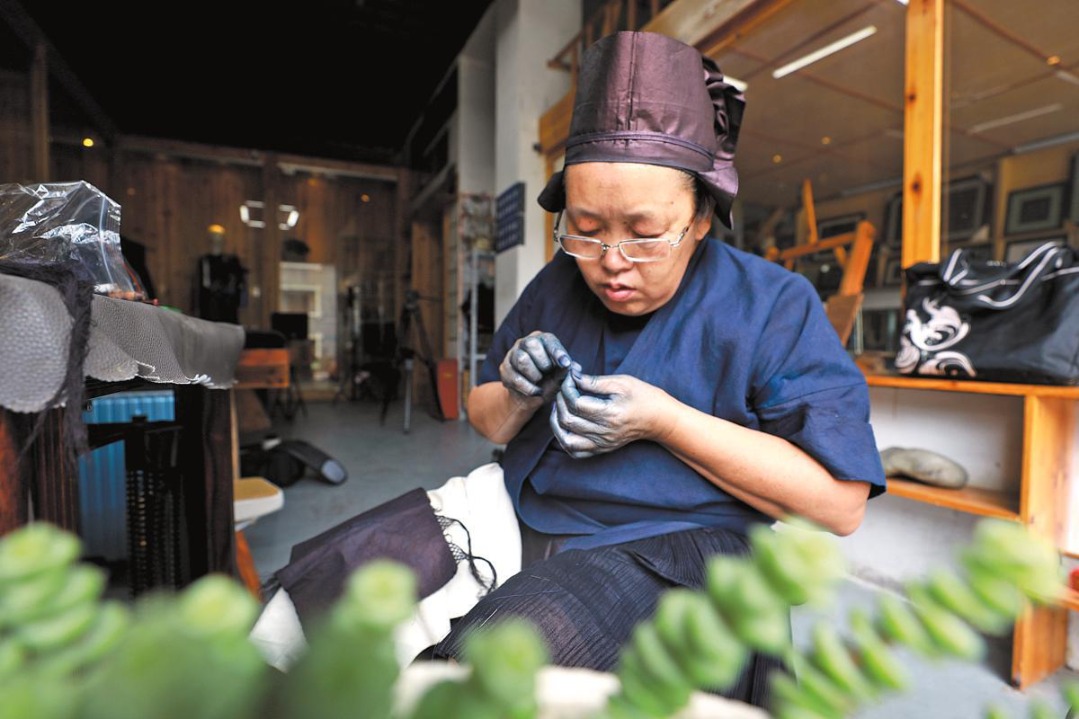Museums face up to present-day problems


Institutions turn to technology to provide better services
Museums have been this year's hot ticket, with visitors making every effort to secure entry to such institutions and some even booking several days in advance.
However, they are sometimes thwarted by quick-thinking scalpers.
For example, if would-be visitors take several seconds to supply the information required by the online booking system for Nanjing Museum in Jiangsu province, they may not be able to obtain a ticket, as scalpers can complete the entire process in less than a second by using certain types of software.
Zhu Yuanyuan, director of the museum's public education department, said the limit on visitors was raised from 18,000 to 25,000 each day during the summer vacation to meet increased demand. But hundreds of complaints were received from those who could not obtain tickets.
"Even though we have lifted the cap on visitors to the maximum number, we can't meet the rising demand. The museum is always full of visitors. It is noisy and crowded, and this is not a good experience," Zhu said.
As the biggest museum in Jiangsu, the institution welcomed more than 500,000 visitors in August. Like most public museums in China, it offers free admission, but scalpers charge visitors service fees by assisting them to make online appointments illegally.
The problem faced by Nanjing Museum has been experienced by many others this year, as the public's rising desire to visit museums cannot be met, due to limited capacity.
Data from the National Cultural Heritage Administration show an additional 383 museums were built in China last year, taking the total to 6,565. Institutions nationwide staged 34,000 offline displays and hosted 587 million visits.
This year, during the seven-day National Day holiday in October, China's museums welcomed 66 million visitors. The difficulty in obtaining admission tickets went viral on social media platforms, triggering widespread discussion.
Liu Shuguang, head of the Chinese Museums Association, said that a decade ago, he never imagined that museums would be so popular.
"It's good that people are enthusiastic about museums. This shows they are passionate about their culture and eager to learn more about it at museums," Liu said.
He added that the nation's long-standing free admissions policy to museums contributes greatly to the public's love of these institutions. Since 2008, more than 90 percent of China's public museums have offered free admission. Last year, the central government provided some 330 million yuan ($46.2 million) to support this policy, Liu added.
Meanwhile, as more people have become better educated, especially the younger generation, their demand for cultural experiences has grown.
"Many visitors to museums are in their 20s, or parents with children. They know clearly what they want to see and learn about at these institutions," Liu said, adding that 10 years ago, the majority of museum visitors were seniors.
In recent years, museums have worked to improve their services to attract as many visitors as possible. Liu said they have transitioned from their role as collectors and protectors of artworks and antiques to also becoming cultural service providers.
When museum directors and experts nationwide took part in the Chinese Museum Studies Conference at Guangdong Museum in Guangzhou, capital of Guangdong province, last month, they focused mainly on how to improve their services amid current challenges.
By playing host to concerts, immersive shows, children's plays, and diversified cultural products, museums have come up with innovative ways to educate and entertain the public.
Range of activities
Xiao Haiming, director of Guangdong Museum, said it organizes a range of activities, such as staging night galas and classical music concerts, to offer a diversified experience. The museum has also set up a large coffee bar area to provide soft drinks and desserts, the designs of which are inspired by its collections.
"Appreciating exhibitions is not the only activity for visitors — they now have more cultural choices," Xiao said.
In July and August, the museum welcomed 700,000 visitors. Its opening hours were extended to 8:30 pm on Fridays and Sundays to accommodate as many people as possible.
The museum also staged several performances based on the stories behind antiques. Its coffee bar area, one of the largest of its kind at a museum in China, is so popular that many young people visit the museum frequently to take photos of its food, before watching shows at the institution.
After six years of renovations, Tibet Museum in Lhasa, capital of Xizang autonomous region, reopened to the public in January. During the peak summer season — the best time for tourists to visit Xizang — the museum welcomed 6,000 visitors a day. This figure surprised Migmar Drolma, the institution's director, as the museum is relatively new and not that well known, even among locals.
In August, the museum staged a fashion show that featured traditional clothes worn by people living in various places in Xizang to illustrate their history and lifestyles, and to celebrate the Shoton Festival, also known as the Yogurt Festival, one of the most important holidays in Xizang.
The show attracted so many visitors that the museum had to call on the services of 20 volunteers from local universities.
Drolma said that for the show, local people were invited to model traditional clothes that are passed down in their families through different generations.
"Museums are now interesting and attractive places. To celebrate important holidays and festivals, various activities are held at our museum, and they are warmly received by visitors," Drolma said, adding that the museum is also discussing the introduction of measures to deal with the increasing demand.
Liaoning Provincial Museum in Shenyang, capital of Liaoning province, attracts children and teenagers by staging innovative shows to help them better understand what they are taught at school.
This year, many local schools held their Chinese classes at the museum. As poetry recitals can be boring for children, the museum hosts shows that tell the stories of well-known poets from the Tang (618-907) and Song (960-1279) dynasties, based on the institution's rich collection of artifacts from these periods.
It has also launched an acting project to make young visitors feel more engaged. Children are invited to play roles in which they recite poems and experience poets' daily lives. They also make a short movie.
Dong Baohou, the institution's deputy director, said more than 100 schools have cooperated with the museum for their students to learn about traditional culture in an immersive way.
Liu, from the Chinese Museums Association, said although museums have extended their opening hours, improved their online booking systems to deal with visitors at peak times, and are using innovative ways to attract more low-season visitors, problems remain.
"I think the difficulty of buying a museum ticket will remain for the short term. We can't expand our museums just to increase their capacity, but the technologies being used to build digital museums may offer a solution," he said.
Comfortable experience
Many museums now use technologies such as virtual reality, augmented reality and artificial intelligence to offer better services. They frequently stage online or virtual reality shows for visitors who cannot obtain admission tickets.
Zhu, from Nanjing Museum, said it is now better for visitors to experience a virtual display, rather than attend a crowded show in person. For example, the institution is staging The Valuable Collections of Nanjing Museum online.
In Beijing, Prince Kung's Palace Museum, which houses collections of royal family members from the Qing Dynasty (1644-1911), is launching a digital project to allow visitors to view the museum online in all four seasons. Its four mascots will act as digital avatars, with the help of artificial intelligence.
Feng Nai'en, director of the museum, said the mascots can even answer visitors' questions.
As of the end of last month, the museum, which charges 40 yuan for admission, had welcomed some five million visitors this year. Last year, it greeted three million visitors.
In Henan province, Luoyang Museum is using technology efficiently to improve its services for the public.
Luoyang, the museum's home, is known for its peonies. In April, when they bloom, tourists flock to the city, and many of them visit the museum.
The institution's director, Li Wenchu, said it was built to accommodate 2,000 visitors a day, but it now welcomes 10,000 on a daily basis from April to September. Long lines commonly form outside the museum, with many people waiting for up to two hours to gain admission.
Li said: "We're short of staff to deal with such large numbers of visitors. This year, we began offering the services of artificial intelligence volunteers to help visitors."
He added that most of the museum's employees have been asked to act as guides and volunteers, but it is still short of hands.
"I think technology offers good and efficient ways for museums to tackle their problems, and more and more of our peers are embracing technology positively," Li added.
This year, numerous policies have been introduced to encourage wider use of the metaverse — a virtual-reality space in which users can interact with a computer-generated environment and other users.
In early March, 50 museums in China jointly released a proposal with university scholars calling for museums to actively engage in developing metaverses.
Liu Wentao, deputy director of the Shanghai Museum, said museums should make it their mission to actively develop metaverses and use technologies to provide better services for the public.
"In the future, museums will be spaces without walls. They should be open to everyone," Liu said, adding that this will solve the problem of visitors not being able to obtain admission tickets.
- China to hold press conference on military parade preparations
- Many public views incorporated into China's laws in past 5 years, NPC says
- Technical experts help improve efficiency of IP-related cases
- China launches ninth group of satellites for its space-based internet network
- Federation for humanoid robot sports launches at World Humanoid Robot Games
- Robot skillsets take center stage at Beijing games





































